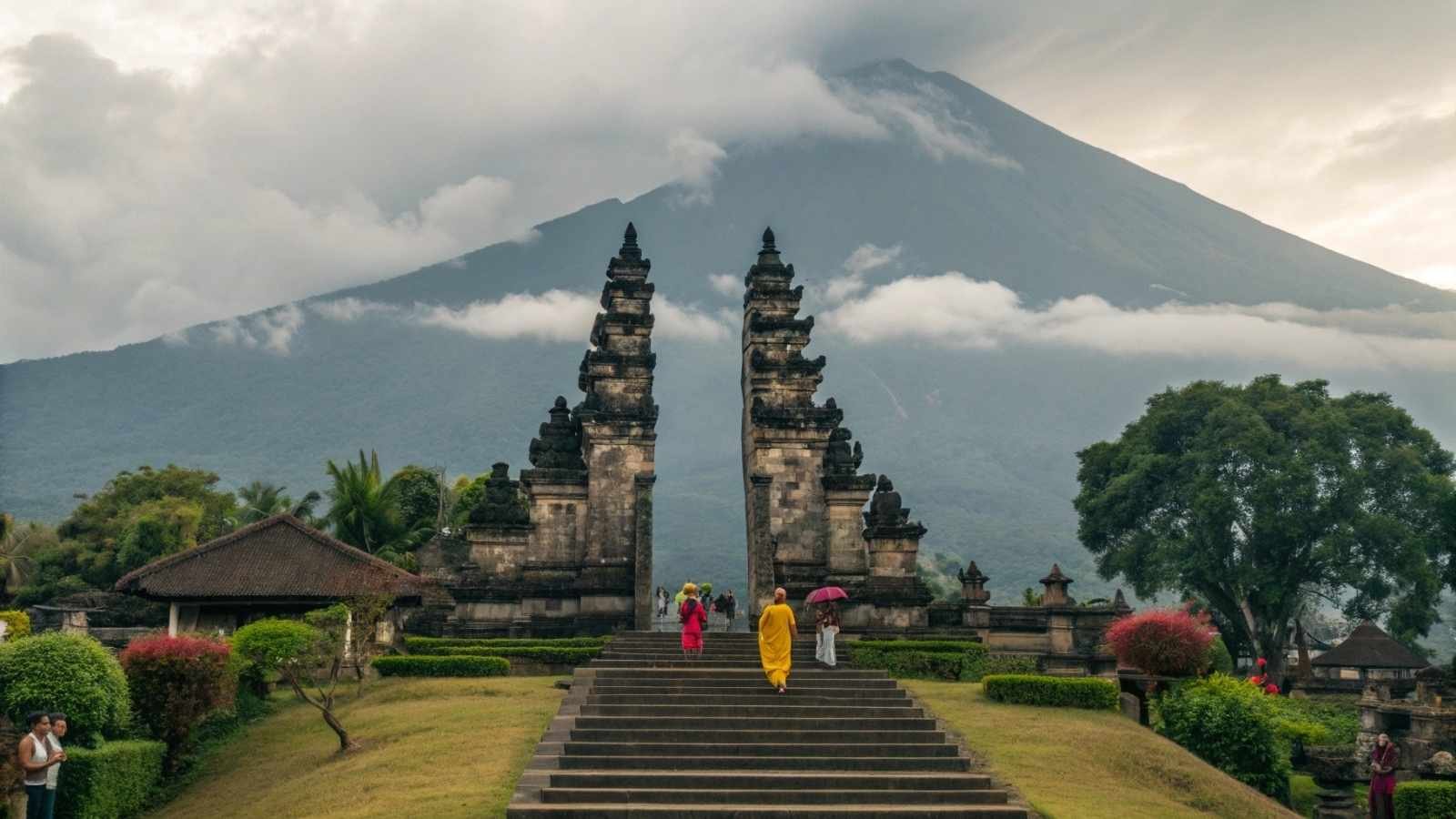
Some places still carry the kind of magic that makes you slow your step and breathe a little deeper. They’re where sunrise feels like a secret, where the ocean is so clear it turns your shadow into a fish, and where smiles aren’t a transaction — they’re just part of life.
These corners of Indonesia haven’t been polished for postcards or crowded by selfie sticks; they’ve stayed wild, soulful, and unhurried. If you’ve been craving a version of paradise that feels honest and alive, these hidden gems will remind you why travel can still surprise you in the best ways.
1. Sumba
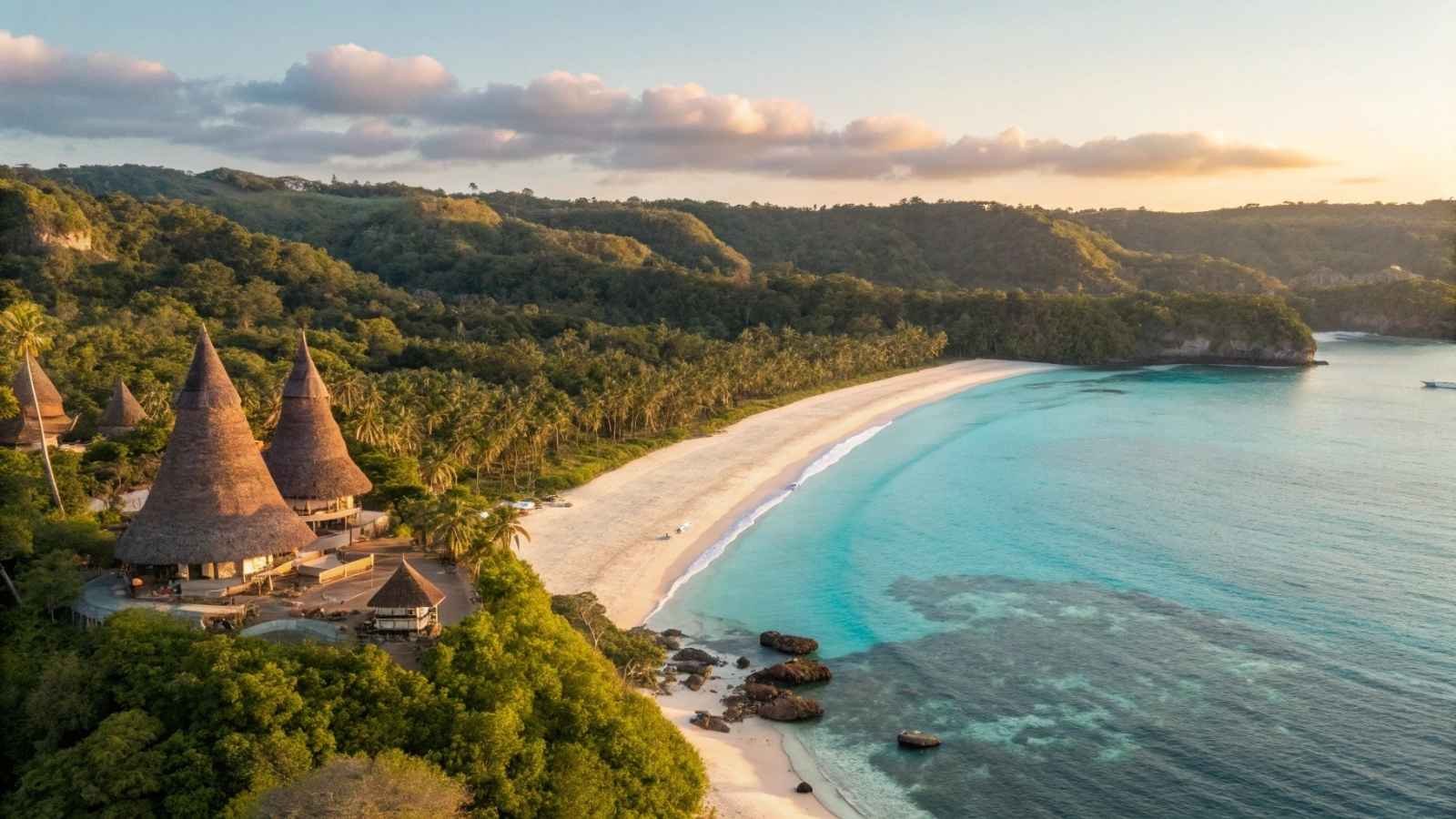
Sumba feels like stepping into a forgotten chapter of Indonesia’s story — one untouched by the tidal wave of mass tourism. Here, golden savanna hills roll toward cliffs that plunge into turquoise seas, and villages with high-peaked traditional houses stand proudly, just as they have for centuries. The beaches, like Nihiwatu and Walakiri, aren’t lined with resorts; instead, you might find a lone fishing boat pulled up on the sand or wild horses galloping by at sunset.
Beyond its beauty, Sumba offers a rare blend of raw landscapes and authentic culture. The island is known for the Pasola Festival, a thrilling horseback event that’s part sport, part ritual. Inland, lush valleys hide waterfalls like Lapopu and Tanggedu, each more magical than the last. Travelers often remark on how the pace of life here feels slower — it’s not just about sightseeing, it’s about breathing in the island’s rhythm.
That slower pace is why people often say Sumba is what Bali used to be. You can drive for miles without seeing another tourist, and locals greet you not as a customer, but as a guest. The roads may be bumpy and the internet spotty, but that’s part of its charm — it forces you to unplug and be present.
Quick Facts for Travelers:
- Best Months to Visit: May–September (dry season, perfect for exploring)
- Getting There: Direct flights from Bali or Kupang
- Top Highlights: Nihiwatu Beach, Walakiri Beach, Lapopu Waterfall, Pasola Festival
- Good to Know: Infrastructure is basic in rural areas — book accommodation in advance
2. Sumbawa

Sumbawa is often just a name on a ferry ticket for travelers heading between Lombok and Flores — and that’s a shame, because this island hides some of Indonesia’s most untouched beaches and adventurous landscapes. Here, volcanic ridges meet crystal bays, and entire stretches of coast remain free of hotels, cafes, and crowds.
What sets Sumbawa apart is its diverse terrain — on one side, you have dramatic surf breaks like Lakey Peak, drawing wave-chasers from across the globe; on the other, calm coves perfect for swimming or just watching the sunset. Inland, Mount Tambora rises as a reminder of the colossal eruption in 1815 that once changed the world’s climate. Hiking here isn’t just about the views — it’s about standing on history.
Culturally, Sumbawa keeps its traditions alive through music, dance, and crafts. Villages are welcoming, and you’re likely to find yourself invited for coffee more than once. The lack of big tourism infrastructure means your experiences here feel genuine and unscripted — whether you’re buying fresh mangoes at a roadside stall or watching local fishermen haul in their catch.
Quick Facts for Travelers:
- Best Months to Visit: April–October (surf season peaks between May–August)
- Getting There: Ferry from Lombok or flights to Sumbawa Besar/Bima
- Top Highlights: Lakey Peak, Mount Tambora trek, Maluk Beach, Satonda Island
- Good to Know: Cash is king here — few ATMs outside main towns
3. Lombok
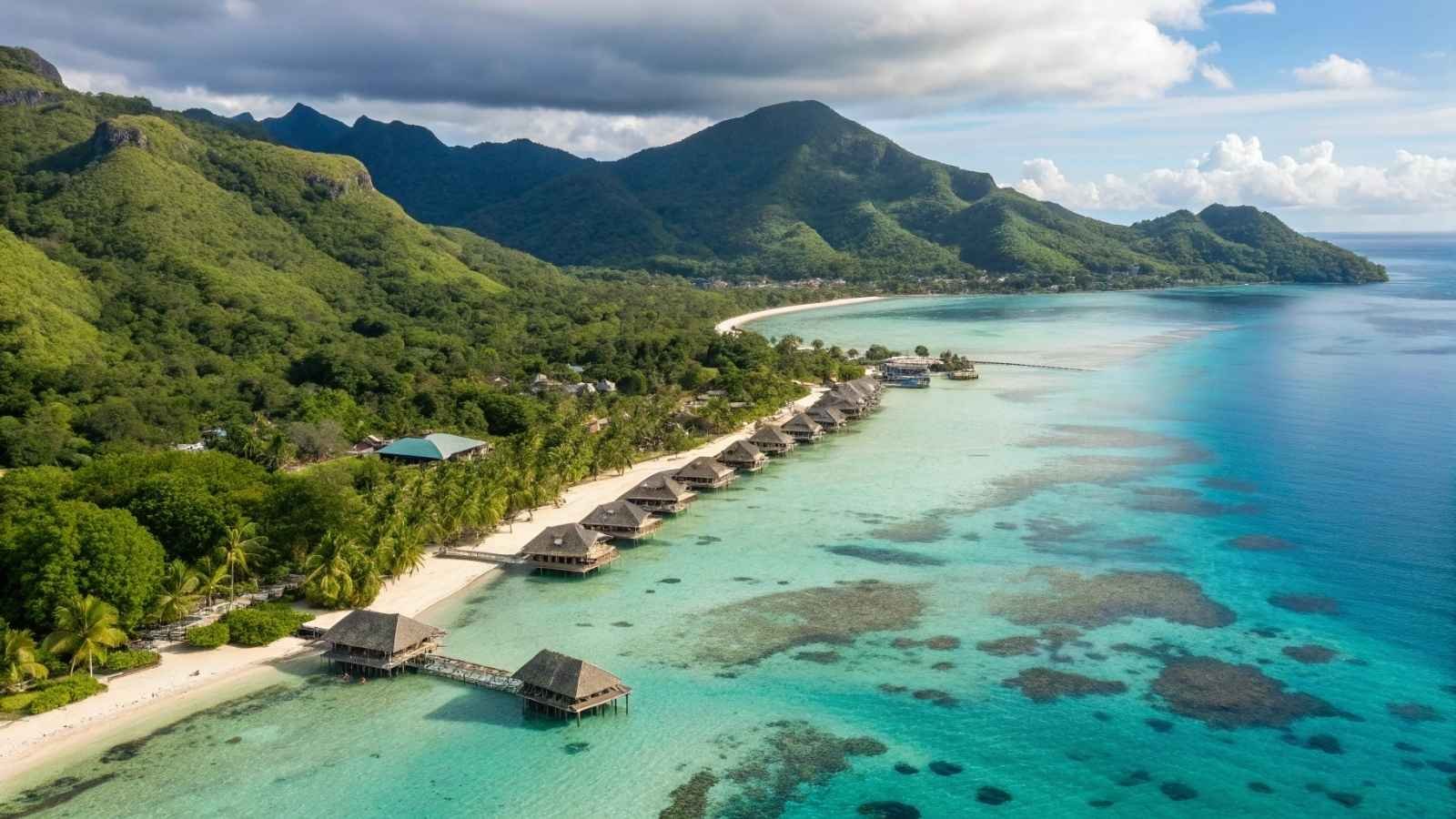
Lombok has been Bali’s quieter sibling for decades, but now it’s coming into its own. Here, white-sand beaches stretch for kilometers without a single sunbed in sight, waterfalls cascade down from the green slopes of Mount Rinjani, and small fishing villages give you a taste of Sasak culture. While some parts — like the Gili Islands — have grown popular, much of Lombok remains peacefully unspoiled.
The south coast, particularly around Kuta Lombok, is a playground for surfers and beach lovers. Tanjung Aan and Mawun Beach offer sweeping bays where turquoise water laps gently at the shore. In the north, Senaru and Sembalun serve as gateways to Rinjani National Park, where treks lead to crater lakes and panoramic views stretching across the island.
What’s special about Lombok is how easy it is to mix adventure with relaxation. You can start your day hiking to a hidden waterfall, spend the afternoon snorkeling in clear waters, and finish with grilled seafood by the beach. And while it’s steadily growing in popularity, Lombok still holds on to that calm, open-hearted vibe that Bali had before the rush.
Quick Facts for Travelers:
- Best Months to Visit: June–September (dry season and best weather for trekking)
- Getting There: Direct flights from Bali, Jakarta, and some international cities
- Top Highlights: Mount Rinjani, Tanjung Aan, Senaru waterfalls, Selong Belanak Beach
- Good to Know: Respect local customs — modest dress is appreciated in villages
4. Komodo (Komodo National Park)
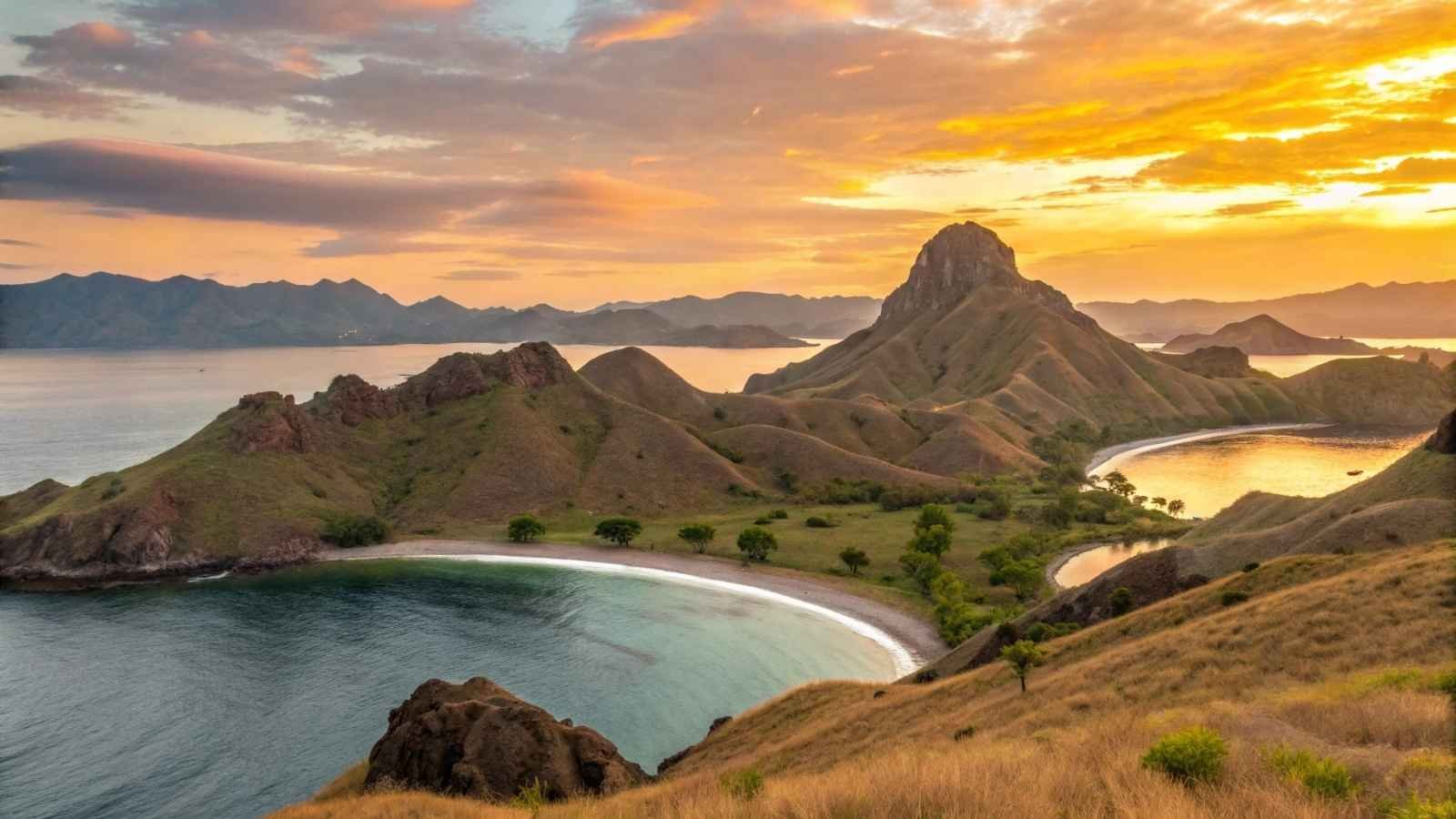
Komodo isn’t just famous for its prehistoric dragons — it’s also home to some of the most spectacular marine landscapes in Indonesia. The park, spread across rugged islands and pristine waters, is a UNESCO World Heritage Site and a dream for divers. Beneath the surface, coral gardens teem with manta rays, reef sharks, and schools of tropical fish.
Above water, the scenery is equally dramatic — pink-sand beaches, sunburnt hills, and bays so clear you can spot turtles from the boat. Komodo and Rinca islands give you a close-up look at the legendary Komodo dragons, while Padar Island offers one of Indonesia’s most photographed viewpoints, with three beaches in three colors curving around its shores.
Komodo feels wild in an increasingly rare way. There are no huge resorts here, and most exploration is done by liveaboard boat or day trips from Labuan Bajo. That isolation is part of its magic — you feel like you’re exploring a world set apart from the modern rush.
Quick Facts for Travelers:
- Best Months to Visit: April–June and September–November (good weather and great diving)
- Getting There: Flights to Labuan Bajo from Bali or Jakarta
- Top Highlights: Komodo dragons, Pink Beach, Padar Island hike, Manta Point dive
- Good to Know: Park entry requires a permit; diving/snorkeling best with licensed guides
5. West Bali
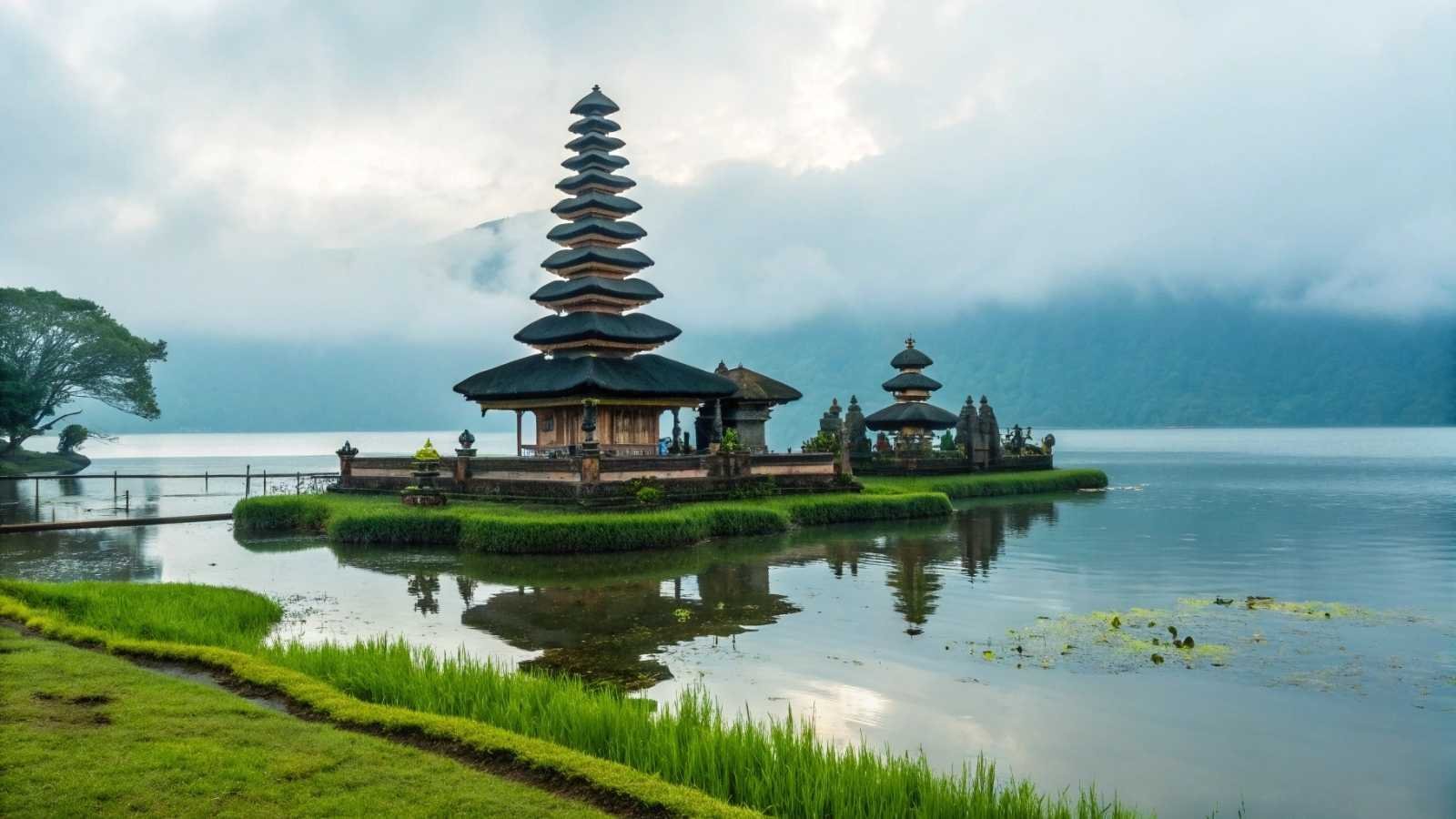
While most visitors rush to Ubud or Seminyak, the west side of Bali remains a peaceful refuge — a reminder of what the island was before tourism exploded. The centerpiece is West Bali National Park, a mosaic of mangroves, savannas, and coral-fringed beaches. Menjangan Island, just offshore, is one of the island’s best dive spots, with calm, clear waters ideal for beginners and experienced divers alike.
Inland, small villages practice age-old crafts, and rice fields still roll uninterrupted to the horizon. The area feels slower, calmer, and more connected to nature. You might find yourself cycling along quiet backroads, stopping to watch farmers work or joining a temple festival that hasn’t been staged for tourists.
What makes West Bali special is its accessibility without the crowds. It’s just a few hours’ drive from the bustle of Denpasar, but it feels worlds away. For travelers looking for a Bali experience without the noise, this is it.
Quick Facts for Travelers:
- Best Months to Visit: May–September (dry season for hiking and diving)
- Getting There: By car from south Bali (about 4–5 hours)
- Top Highlights: West Bali National Park, Menjangan Island, Pemuteran village
- Good to Know: Accommodation is limited — book early in peak months
6. Labuan Bajo
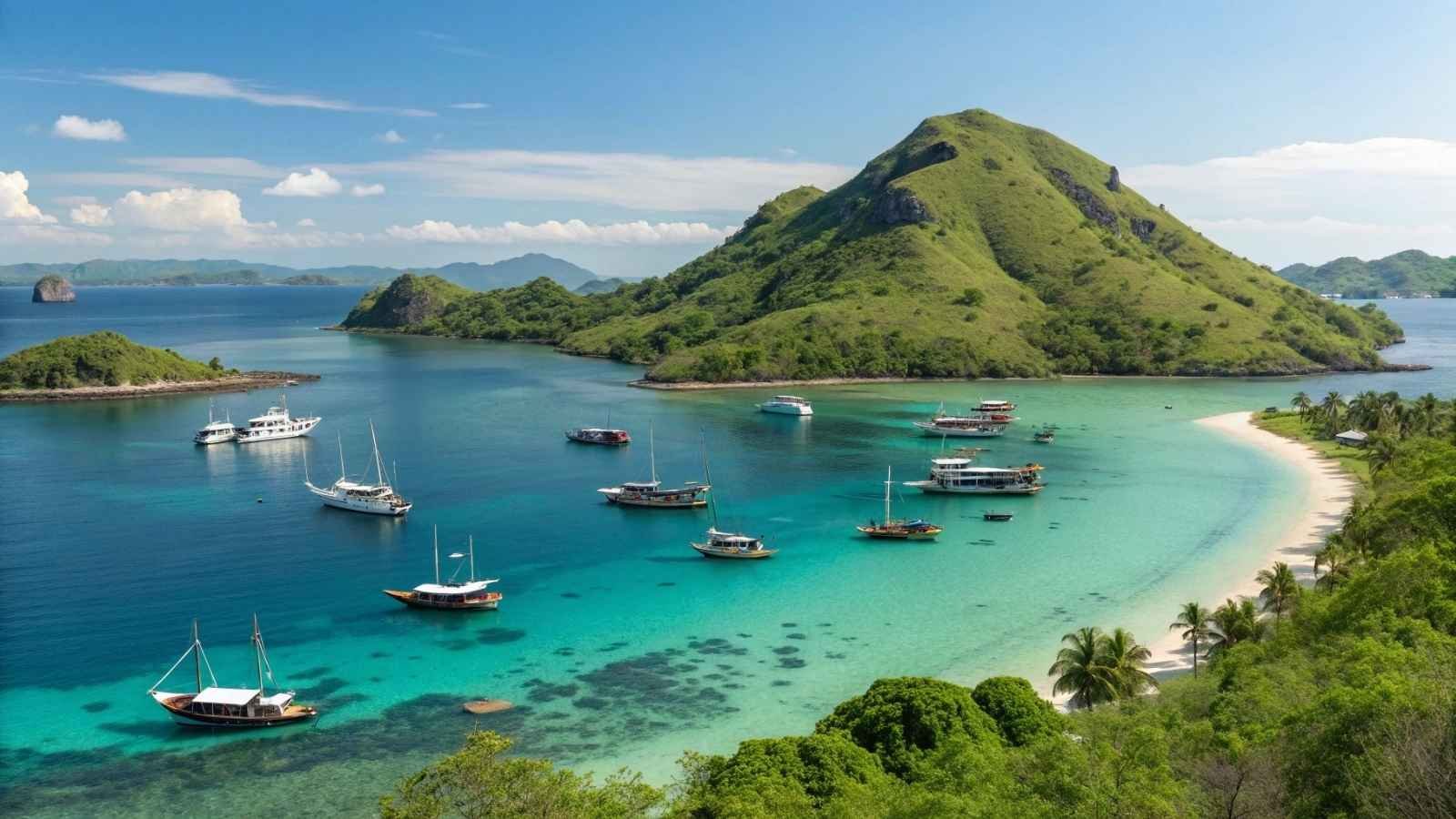
Once a sleepy fishing town, Labuan Bajo has grown into the gateway to Komodo National Park, yet it still keeps a relaxed, small-town charm. The harbor is dotted with wooden phinisi boats, their masts swaying gently as the sun sets in shades of gold and crimson. From the waterfront, you can see tiny islands rising out of the Flores Sea, hinting at the adventures that lie beyond.
While many visitors use Labuan Bajo as a stopover before exploring Komodo, the town itself is worth lingering in. The local markets brim with freshly caught seafood, tropical fruits, and spices. Cafés and rooftop bars offer sweeping ocean views, perfect for slow afternoons. Inland, hidden waterfalls and caves like Rangko add an adventurous twist to a day trip.
The best part? Labuan Bajo still feels approachable. You can wander the narrow streets without dodging tour buses, and locals are happy to strike up a conversation. While it’s slowly becoming more polished, there’s still a rustic charm here that makes it feel like you’ve stumbled upon Bali’s simpler past.
Quick Facts for Travelers:
- Best Months to Visit: April–November (dry season and calm seas)
- Getting There: Direct flights from Bali, Jakarta, and Surabaya
- Top Highlights: Rangko Cave, Batu Cermin Cave, sunset at Bukit Cinta
- Good to Know: Best base for island-hopping to Komodo, Rinca, and Padar
7. Raja Ampat
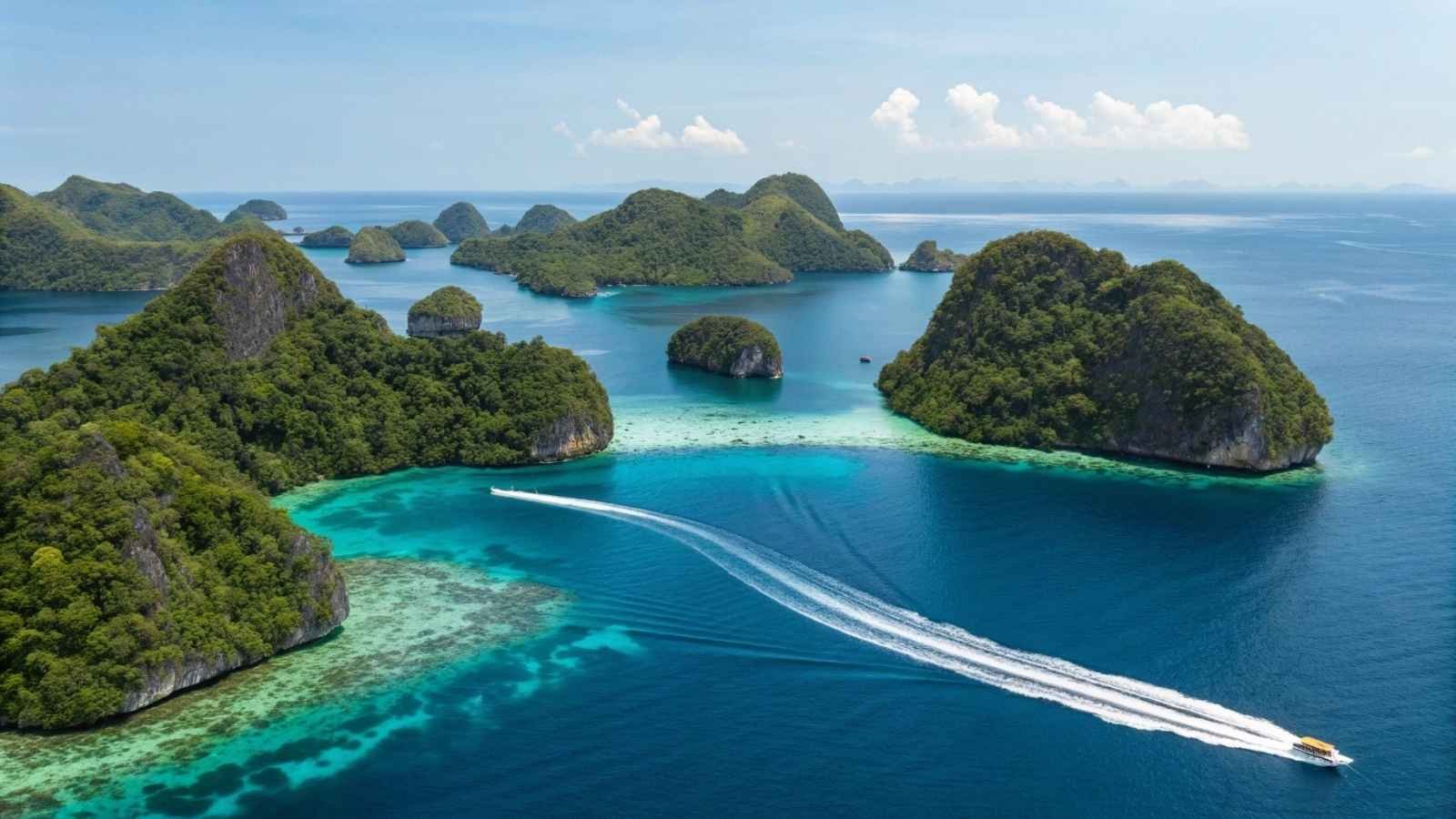
If paradise had an address, Raja Ampat would be at the top. This remote archipelago in West Papua is home to some of the richest marine biodiversity on Earth. Think jade-green karst islands scattered across a sapphire sea, fringed by coral reefs so vibrant they seem painted. For divers and snorkelers, it’s a living dream.
But Raja Ampat isn’t just about the underwater world — above the surface, it’s equally breathtaking. The islands are cloaked in jungle, home to exotic birds like the red bird-of-paradise. Local villages built over the water welcome travelers with warm smiles and an unhurried pace of life. Staying here feels like joining a community rather than visiting a destination.
Because of its remoteness, Raja Ampat is blissfully free from mass tourism. Travel here requires more planning (and a healthy respect for sustainability), but that effort is rewarded with raw, untouched beauty that’s becoming rare in the modern world.
Quick Facts for Travelers:
- Best Months to Visit: October–April (calm seas, best diving conditions)
- Getting There: Flights to Sorong, then ferry to Waisai
- Top Highlights: Piaynemo viewpoint, Arborek Village, Cape Kri dive site
- Good to Know: Marine park entry permit required; eco-friendly practices essential
8. Gili Islands
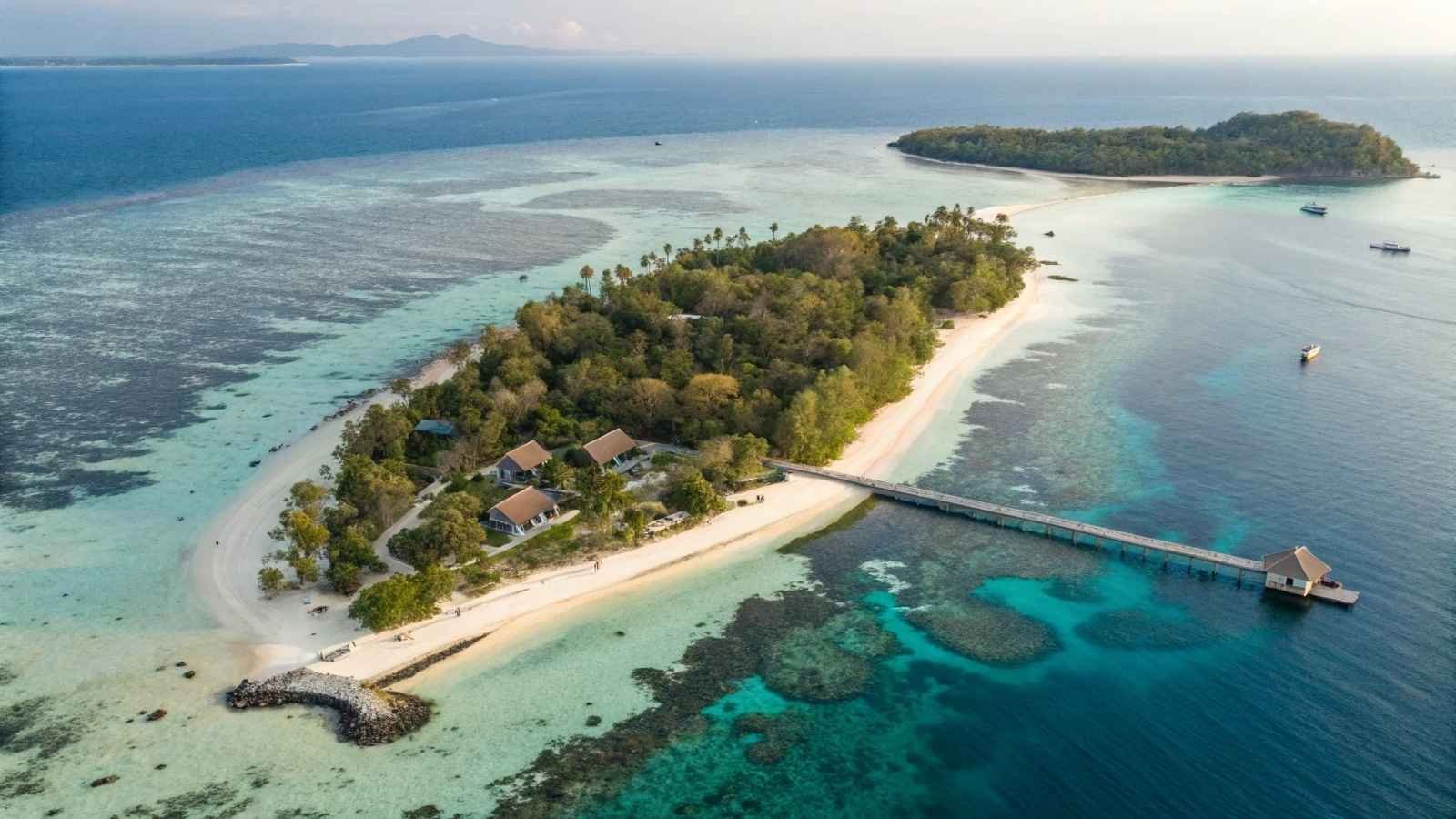
A short boat ride from Lombok, the Gili Islands — Gili Trawangan, Gili Air, and Gili Meno — are proof that small can be spectacular. With no cars and no motorbikes, these islands move at a slower pace, where bicycles and horse carts set the rhythm. Days here often blend into one another, filled with snorkeling, sunbathing, and lazy meals by the beach.
Each Gili has its personality: Gili Trawangan buzzes with nightlife and café culture, Gili Air strikes a balance between lively and laid-back, and Gili Meno feels like a private retreat. Beneath the water, turtles glide past coral gardens, and schools of colorful fish flash through the clear shallows.
While the Gilis are more developed than some of the other spots on this list, they still capture the relaxed, no-stress vibe that made Bali so appealing decades ago — only here, you swap traffic for ocean breezes.
Quick Facts for Travelers:
- Best Months to Visit: June–September (dry season, calm waters)
- Getting There: Fast boats from Bali or short boat rides from Lombok
- Top Highlights: Turtle snorkeling, Gili Meno’s underwater statues, island-hopping
- Good to Know: Pack light — most transport is by foot or bike
9. Amed and East Bali
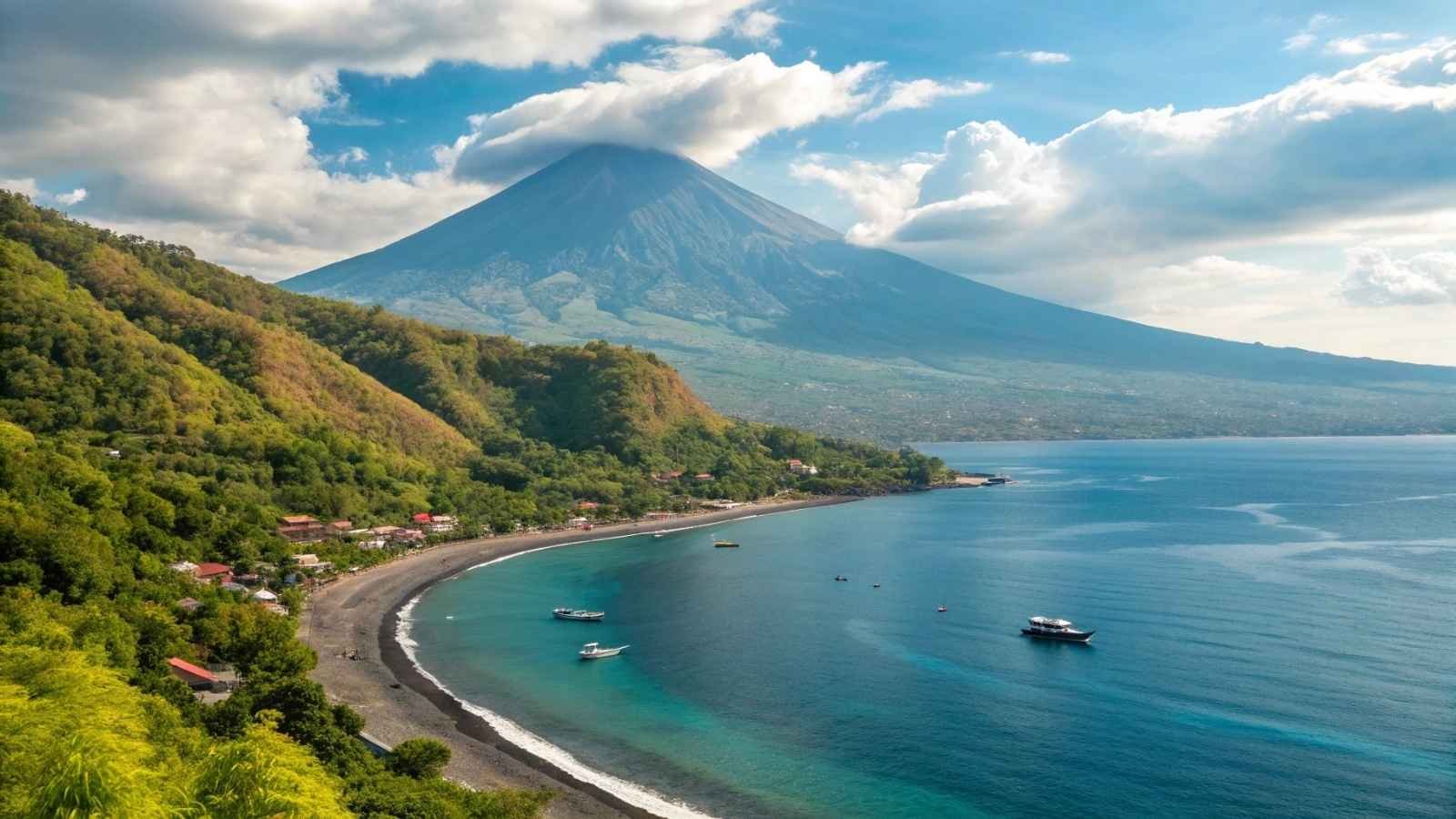
Far from Bali’s busy south, Amed and the surrounding east coast offer a slower, more traditional face of the island. This is where fishing villages line black-sand beaches, and the rhythm of the day still follows the tides. Dive shops and small homestays nestle between coconut palms, with Mount Agung’s dramatic silhouette as the backdrop.
The waters here are a diver’s dream — from coral gardens to the famous USAT Liberty shipwreck in nearby Tulamben. On land, winding coastal roads lead to hidden viewpoints, rice terraces, and centuries-old temples like Lempuyang. The pace is unhurried, and the nights are filled with the sound of waves instead of traffic.
Amed is for travelers who want Bali without the bustle. It’s also a great base for exploring the island’s east, from waterfalls to quiet villages that still hold onto their traditions.
Quick Facts for Travelers:
- Best Months to Visit: April–October (best diving conditions)
- Getting There: About 3 hours by car from Denpasar
- Top Highlights: Tulamben shipwreck, Lempuyang Temple, Jemeluk Bay snorkeling
- Good to Know: Limited nightlife — evenings are best for stargazing
10. Sidemen / Kintamani
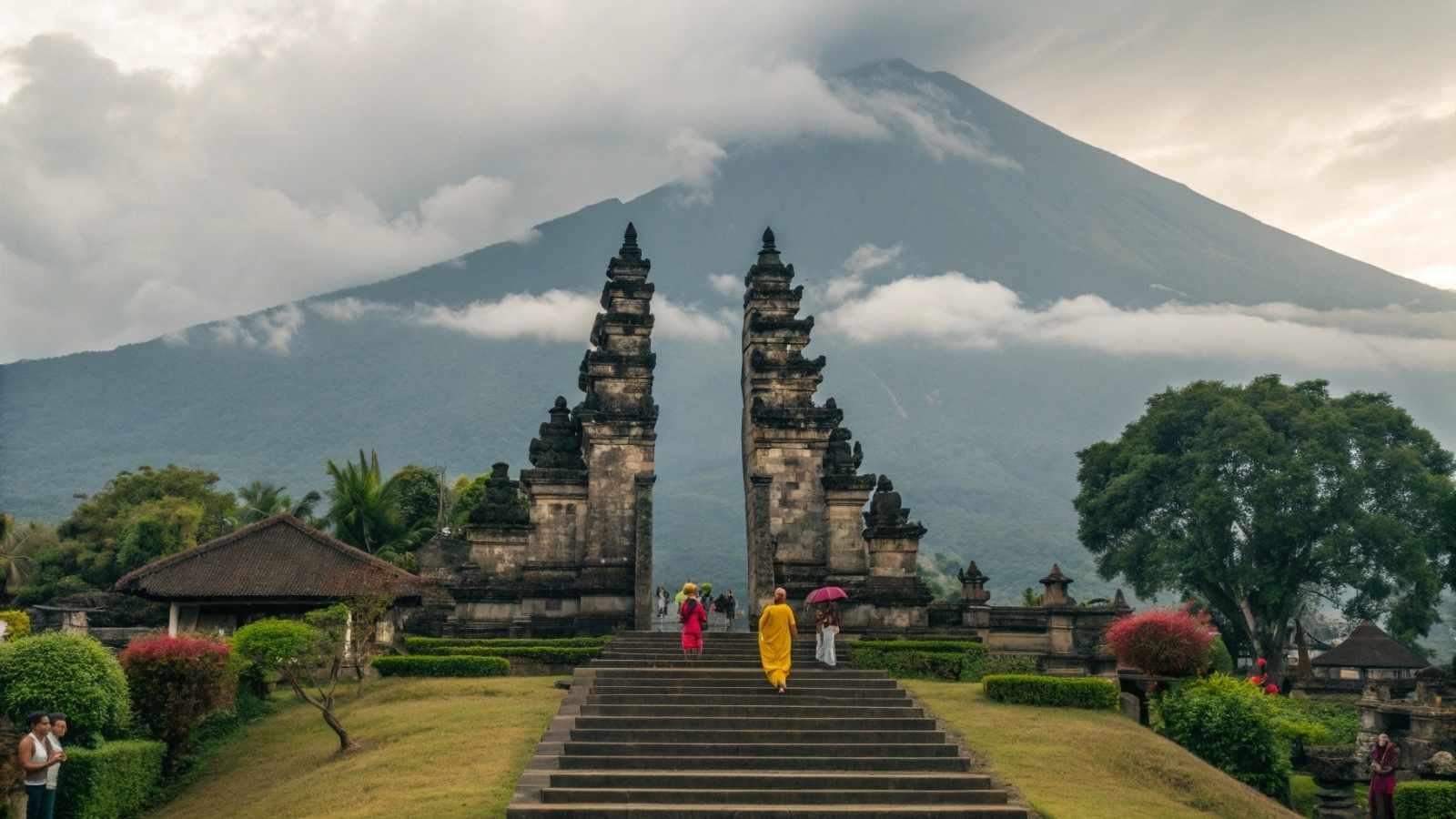
Tucked away in Bali’s highlands, Sidemen and Kintamani show a side of the island many visitors never see. Sidemen’s lush valleys are laced with rice terraces, rivers, and tiny villages, while Kintamani offers panoramic views over Lake Batur and Mount Batur’s volcanic slopes.
Sidemen is often compared to what Ubud was decades ago — quiet, artsy, and surrounded by nature. You can wander through rice paddies, visit local weaving workshops, or just sit on a veranda watching clouds roll over the hills. Kintamani, on the other hand, is about big landscapes and adventure, from sunrise treks up Mount Batur to soaking in lakeside hot springs.
Together, they offer a perfect escape from Bali’s beach crowds. The air is cooler, the scenery greener, and life moves at a gentler pace — just the way it used to be.
Quick Facts for Travelers:
- Best Months to Visit: May–September (dry season, clear mountain views)
- Getting There: 1.5–2 hours from Ubud by car
- Top Highlights: Mount Batur sunrise trek, Toya Devasya hot springs, Sidemen rice terraces
- Good to Know: Nights can be cool — pack a light jacket
11. Tenganan (Bali Aga Village)
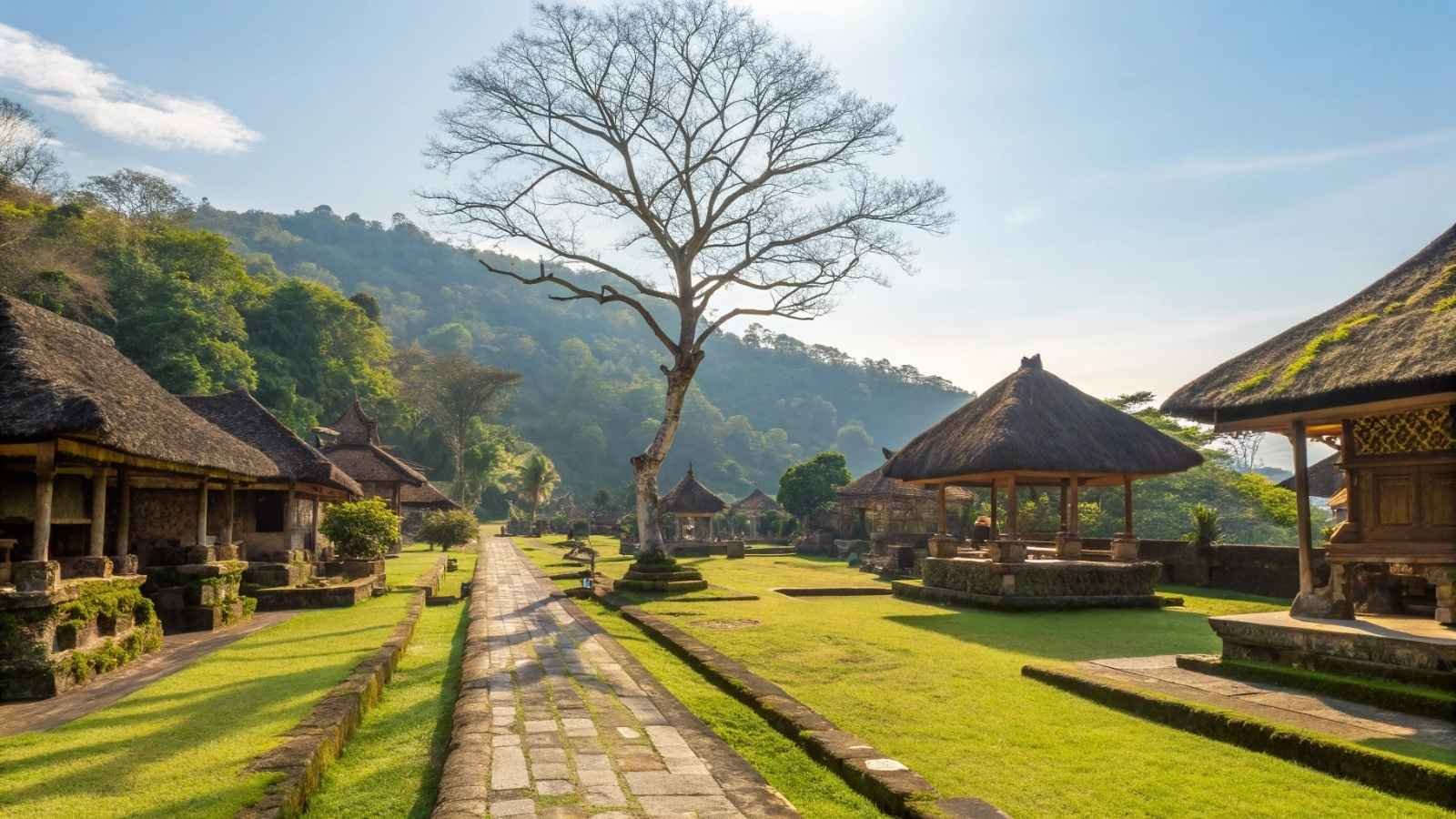
Hidden in the hills of East Bali, Tenganan feels like stepping into a living museum. This is one of the last remaining Bali Aga villages, where traditions predate the arrival of Hinduism on the island. Its narrow lanes are lined with stone walls and centuries-old homes, and the air is filled with the soft clack of looms weaving the famed double ikat cloth — a textile so rare it’s made in only a handful of places worldwide.
The villagers follow age-old customs, from intricate rituals to seasonal festivals, and visitors are welcome to observe with respect. Tenganan’s charm isn’t just in what you see, but in the sense of continuity — the feeling that life here has been quietly unfolding for hundreds of years, unaffected by the rush of tourism.
For travelers looking for culture over coastline, Tenganan offers that elusive authenticity that’s becoming harder to find. You leave not with sand in your shoes, but with stories in your head.
Quick Facts for Travelers:
- Best Months to Visit: May–July (festival season)
- Getting There: About 1.5 hours from Ubud by car
- Top Highlights: Double ikat weaving, Mekare-kare festival, traditional architecture
- Good to Know: Respect local customs — photography during ceremonies may be restricted
12. Nusa Lembongan & Nusa Ceningan
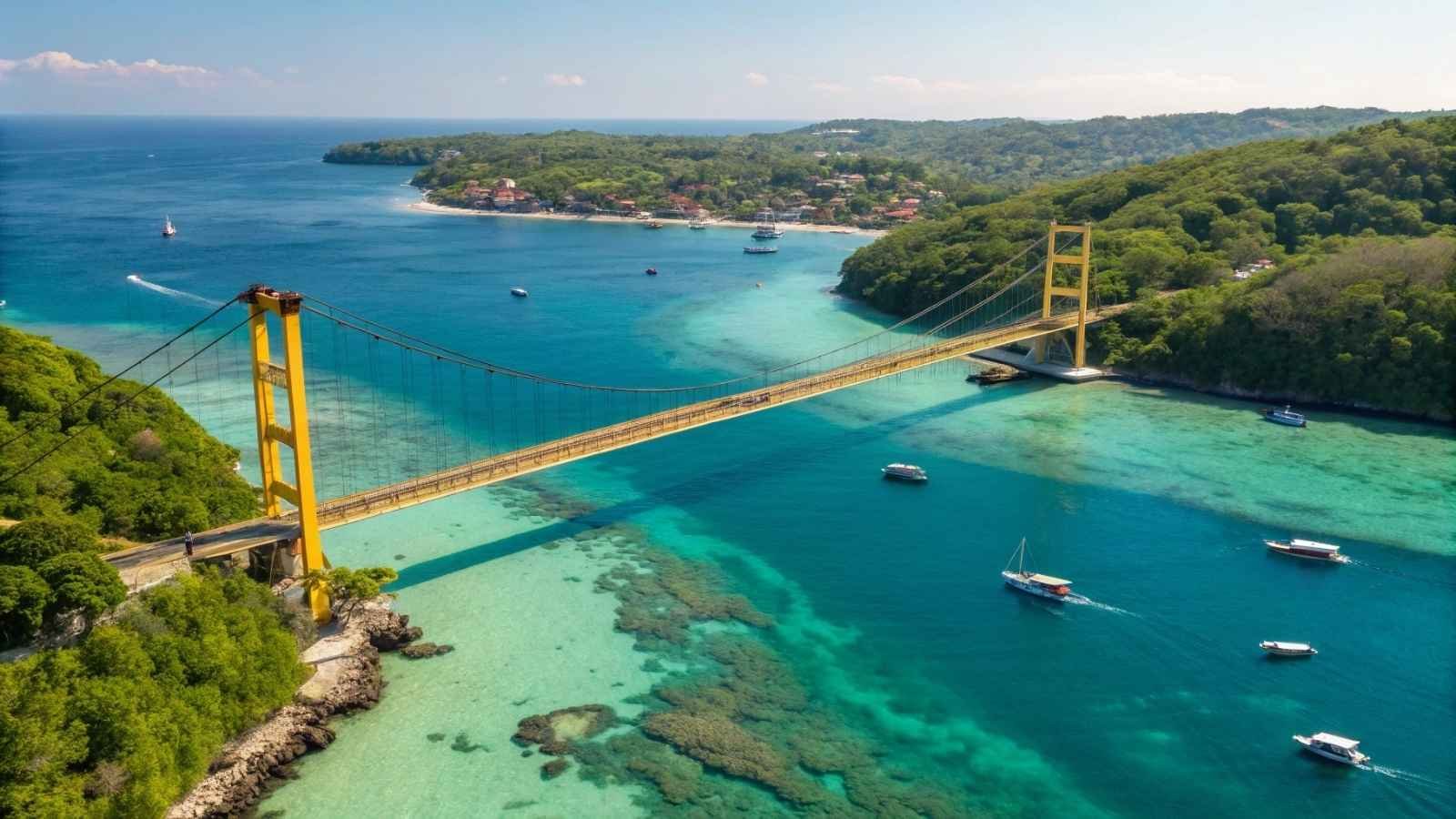
Just 30 minutes by boat from Bali’s mainland, Nusa Lembongan and Nusa Ceningan offer an island escape that’s close yet worlds apart. Lembongan’s sandy coves and laid-back beach bars invite long, lazy days, while Ceningan — connected by a bright yellow suspension bridge — has a more rugged feel, with cliffside viewpoints and tide pools that glow at low tide.
These islands are perfect for slow exploration. You can snorkel with manta rays in the morning, sip fresh coconuts by the shore in the afternoon, and watch the sun melt into the sea from a clifftop café in the evening. And because they’re small, you can circle each in a day by scooter, stopping wherever the mood strikes.
They may be more developed than some remote corners of Indonesia, but they still hold onto that easygoing charm that’s hard to resist — the kind that makes you plan for two nights and stay for a week.
Quick Facts for Travelers:
- Best Months to Visit: May–September (calm seas and sunny days)
- Getting There: Fast boats from Sanur or Serangan, Bali
- Top Highlights: Devil’s Tear viewpoint, Blue Lagoon, Dream Beach, manta ray snorkeling
- Good to Know: Book accommodation early in high season — spots fill quickly
13. Penglipuran (Bali Traditional Village)
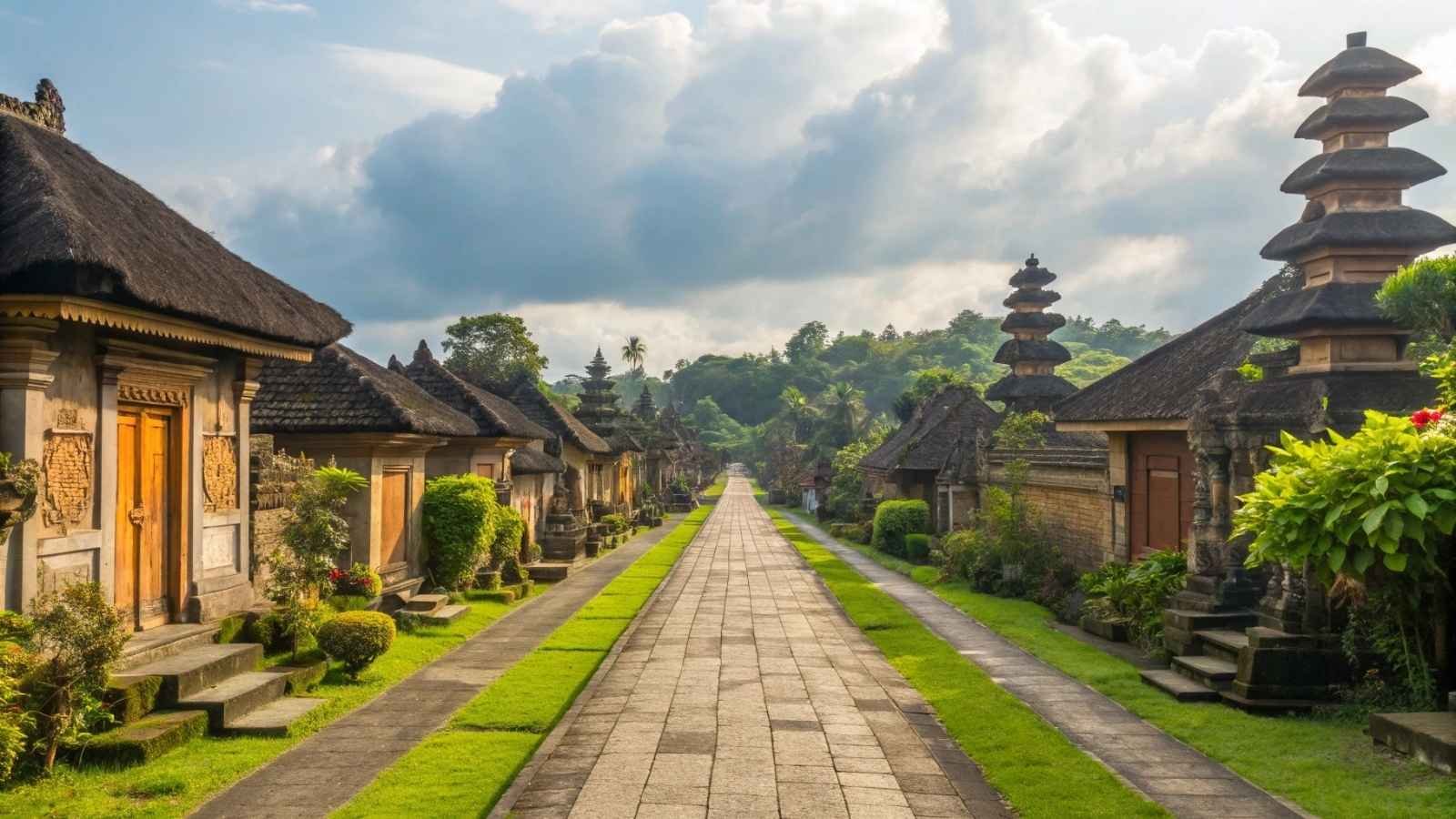
If neatness were a destination, Penglipuran would take the prize. Known as one of the cleanest villages in the world, its symmetrical bamboo-lined paths and perfectly kept gardens give it a storybook feel. Located in the Bangli highlands, Penglipuran offers a look at Balinese village life that is both preserved and welcoming.
What makes Penglipuran stand out is its commitment to harmony — not just in its architecture, but in the way the community lives. Homes are built to the same traditional layout, and the village enforces rules that keep its environment pristine. Visitors can stroll through, chatting with residents, exploring small craft shops, and even staying in family-run guesthouses.
It’s a short trip from Bali’s busier areas, but it feels like a different world. Penglipuran is proof that tradition and tourism can coexist beautifully when balance is at the heart of the community.
Quick Facts for Travelers:
- Best Months to Visit: Year-round (cooler climate in the highlands)
- Getting There: About 1 hour from Ubud by car
- Top Highlights: Traditional gates and homes, bamboo forests, village tours
- Good to Know: Modest dress is appreciated — this is an active cultural site






